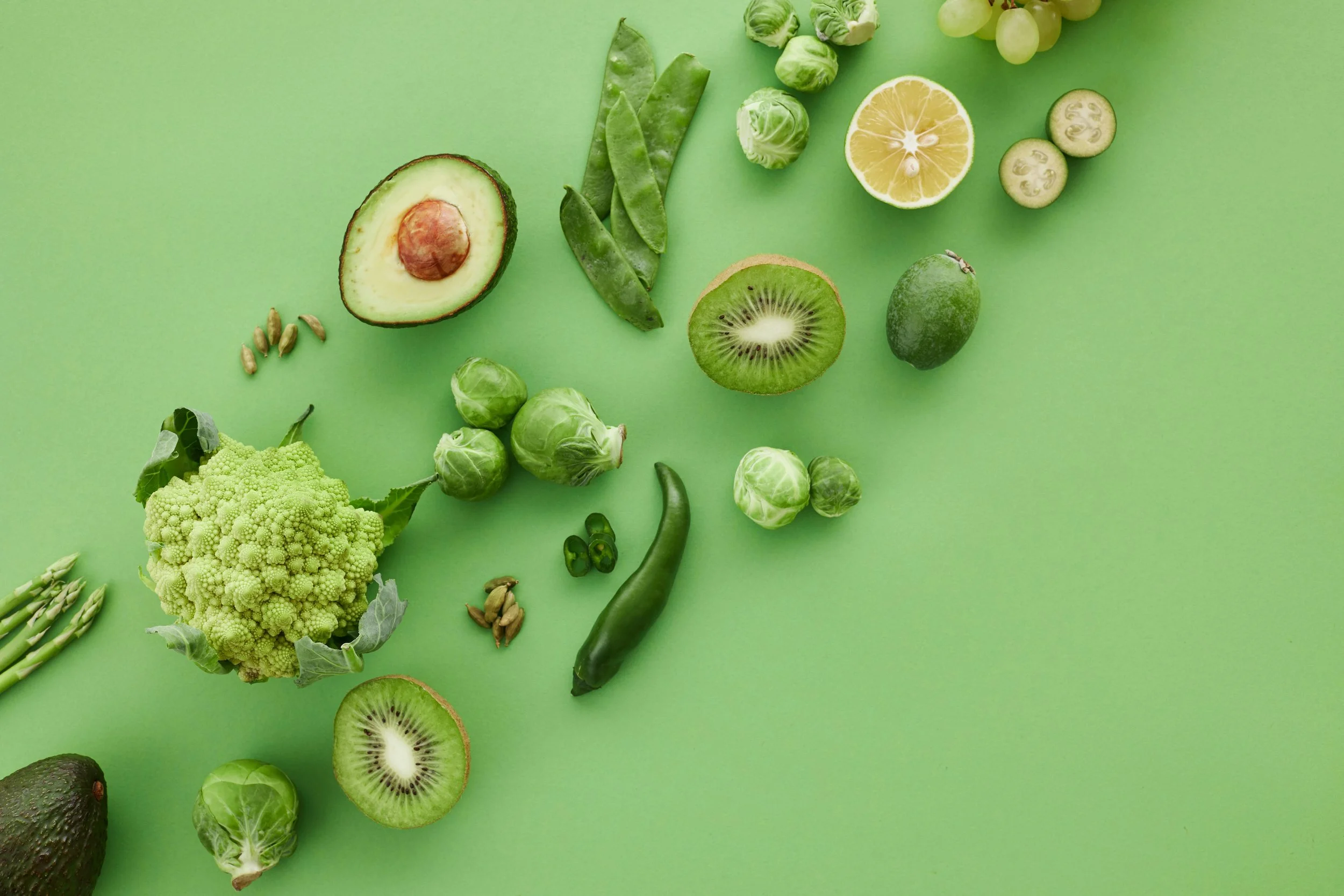Culinary herbs are a key ingredient in many foods, but with fall rapidly approaching, it's time to start thinking about preserving your fresh garden herbs. The best way to save the taste of herbs from your garden is to preserve them before winter. While some herbal plants, such as parsley, will survive many months indoors in pots if brought in before a frost, most herbs are better frozen or dried to use in the months ahead. Dried and frozen herbs are easy to store and take up less room than a fresh herb plant. In fact, 10 pounds of fresh herbs equals about 1 pound of dried herbs. You can also process your herbs by making pesto or herb vinegars, to preserve their flavors.
Here are some tips on the best ways to preserve your herbs.
Harvest your summer herbs to savor their flavor all winter.
Harvesting herbs
Herbs are best harvested before flower buds form and in the morning before the sun has evaporated the essential oils in the leaves. This late in the year many herb plants may have started to flower. To create higher quality leaves for storing, snip the flower buds to encourage new side shoots to grow. A few weeks later these leafy side shoots will be good candidates for harvesting and preserving. When harvesting branches of herbs, snip just above a leaf to encourage more growth during the waning days of fall. Always select stems that have little damage from disease and insects.
Quick drying herbs
Herbs for drying can be grouped into two categories; quick drying herbs and slow drying herbs. Quick drying herbs include lavender, marjoram, mint, oregano, rosemary, and sage. These herbs are best bundled together in bunches of 10 to 12 stems, tied with rubber bands and hung upside down in an airy, cool room out of direct sunlight to keep the essential oils in the leaves from volatilizing. The bundles of herbs will dry in about 1 to 2 weeks, depending on the weather. Humid weather slows the drying process. Once dry, strip the leaves off the stems and store. Dried herbs are best stored in a dark place and used within three months of storage for best flavor.
For the best results, know the difference between slow and quick drying herbs.
Slow drying herbs
These herbs don't dry well in bunches and are best if separated from their stalks and dried on screens. Herbs such as basil, dill leaves, lovage, parsley, and thyme fall into this category. Remove the leaves, cut them into small pieces, and lay them on screens for air drying or place on a cookie sheet to dry in the oven or a dehydrator. Set the oven or dehydrator to a low temperature (below 150°F), and stir often until the leaves are dry. Store in glass jars.
Freezing herbs
Herbs with high water content, such as basil, lovage, mint, lemon balm, and tarragon can also be frozen. Freezing preserves herbs in a bright green state and makes them available for adding to soups and stews in winter. Wash herb stems and remove the leaves. Pat the leaves dry and place on a cookie sheet or tray, separating them so they don't freeze together in a solid mass. Cover and place in the freezer until frozen. Store in an airtight container or freezer bags for up to one year.
Another handy way to freeze herbs is in ice cube trays. This is a great way to preserve combinations of herbs you use in special soups and stews in winter. Stuff three or four individual leaves or chopped herbs in a ice cube tray and fill with broth or water. Freeze, then remove the blocks and store in freezer bags.
Pestos & vinegars
I love eating pesto in summer and preserving pesto for winter, too. I use the ice cube tray method making batches of pesto by filling the trays and storing the cubes in freezer bags. Don't feel limited to basil pesto either. The word pesto, in Italian, means to pound or crush, so try out different leaf combinations like spinach and parsley, arugula and parsley or kale and sun-dried tomatoes. Vinegars are a great way to preserve herbs such as basil, oregano, thyme, and rosemary. Use three to four sprigs of herbs per one cup of vinegar. Experiment with white vinegar, cider vinegar and wine vinegar, using different herbal combinations and amounts.
Collecting herb seeds
Some herb plants are best preserved by collecting the seeds. Dill, fennel, and coriander are some of the most popular herbs whose seeds are used in cooking. To collect herb seeds, let the plants flower and form seed heads. When the seed head begins to yellow and dry, but before the seeds start dropping, harvest the head and cover it with a brown paper bag, securing the bottom with an elastic band. Hang it upside down indoors. Wait a week or so to let the herb seeds mature and dry. Periodically shake the bag to dislodge the seeds into the bag. Store seeds in a glass jar in a dark location. Use within six months for best flavor.




